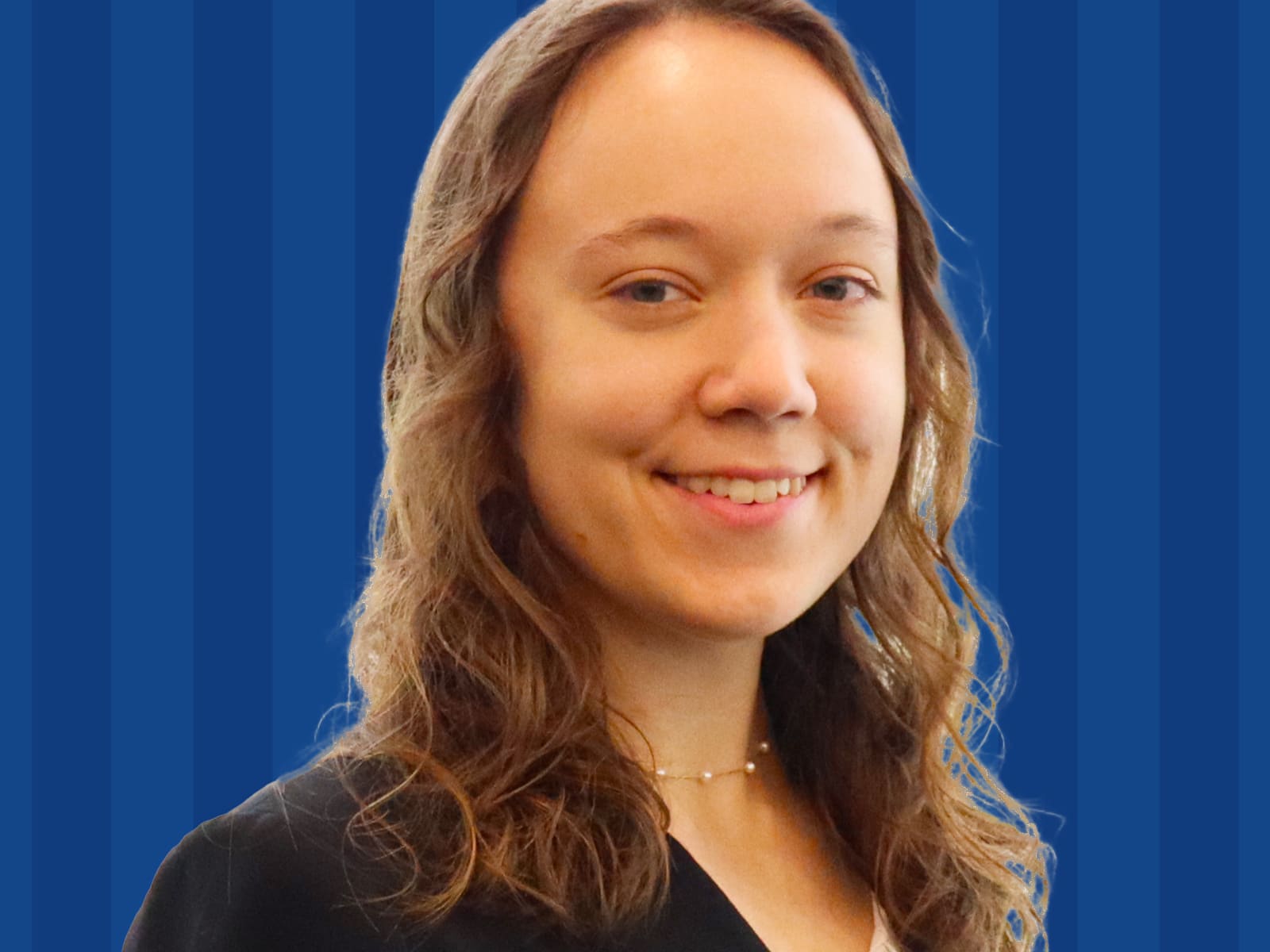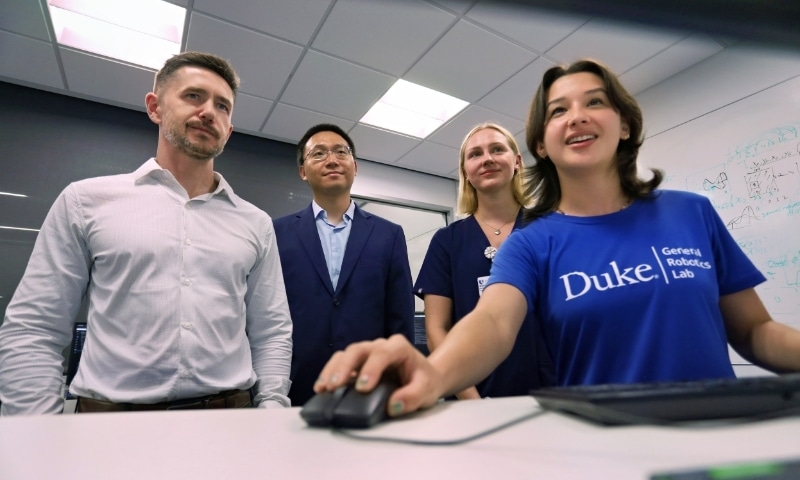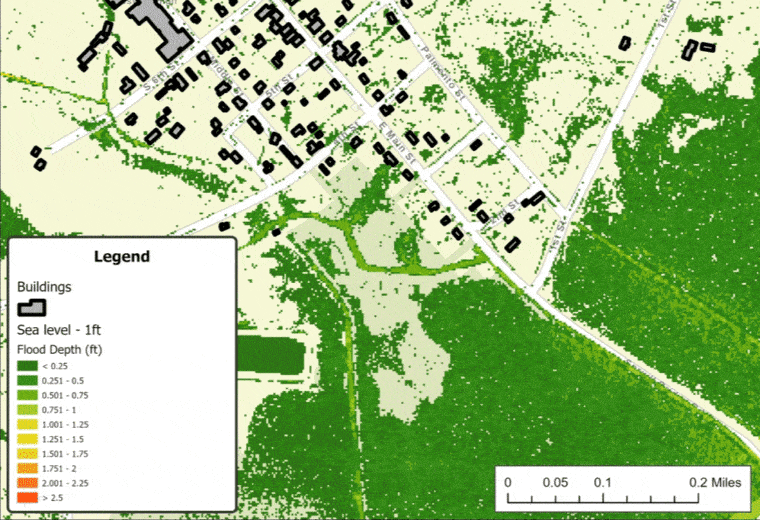
Christopher Douglas: Shaping the Flow of Fluid Dynamics
New faculty member Christopher Douglas plans to expand on his research of thermo-fluid dynamics, motivated by applications in renewable power generation
New faculty member Joanna Deaton brings expertise in the field of medical robotics and advances in surgical tools

Joanna Deaton will join the faculty of the Thomas Lord Department of Mechanical Engineering and Materials Science at Duke University beginning December 9, 2024, bringing with her a robust background in robotics and a passion for its use in medical applications. Her medical robotics journey is a deeply personal one, influenced by her father’s work as a clinician and her own early aspirations to enter the medical field.
Her academic path took a turn, though, when she discovered her love for mechanical engineering during her undergraduate studies at Georgia Tech, leading Deaton to specialize in medical robotics—a field that marries her interest in medicine with her sharp engineering skills.
With a PhD in robotics and a master’s in mechanical engineering, both of which she earned at Georgia Tech, her research has been conducted in an interdisciplinary lab that bridges mechanical engineering, biomedical engineering, and to some extent, electrical engineering. This collaborative environment gave her the momentum to deliberately explore more deeply her work on medical robotics, particularly in the world of surgical robotics.
“A few of the projects that I specifically have worked on in the lab are robotic guide wires,” Deaton shared. “I’ve worked on integrating both shape and force sensing. I’ve worked a little bit on the mechanisms, but mainly for the robotic guide wires in particular, integrating shape sensing to help us navigate these guide wires.”
Deaton’s focus on the development of robotic guidewires and steerable needles, both of which are critical tools in minimally invasive surgeries, integrates shape and force sensing technologies to improve the precision and safety of these devices.
Traditional methods for visualizing guidewires in the body rely on X-ray imaging, which poses challenges for continuous robotic control, as image processing can be relatively slow. And even if it weren’t, the amount of radiation a patient would be subjected to through the sheer number of X-rays taken would be prohibitive.
“There are so many at Duke on the border between medicine and engineering research who do a lot with medical robotics, so I’d love to work with them as experts in their fields.”
She hopes that innovations in sensing technology will eventually overcome these limitations, providing real-time feedback on the position and behavior of the guidewire, ultimately enhancing the surgeon’s ability to navigate delicate and complex anatomical structures.
In research paralleling her work on guidewires, Deaton has also made significant contributions to the development of steerable needles for high-dose-rate brachytherapy, a cancer treatment method. She designed a robotic stylet that fits within a commercially available hollow needle, enabling it to be steered and implanted with high precision.
This work, like her guidewire research, required overcoming some real challenges related to miniaturization—many of her devices are less than two millimeters in diameter, demanding creative approaches to materials and manufacturing techniques.
“The specific challenge with miniaturization was that I needed to be able to robotically implant a commercially available hollow needle,” Deaton shared. “Traditional methods might not work. A lot of the robotic joints I’ve created require laser micro-machining to get these flexible joints very precise.”
As Deaton prepares to join Duke Engineering, she’s eager to collaborate closely with both the engineering and medical schools to foster close collaborations with clinicians. She envisions her lab as a hub for developing novel robotic devices that can be tested and refined through direct feedback from medical practitioners.
Outside of her research, Deaton is an avid outdoors person and is also a dedicated practitioner of self-defense, specifically Krav Maga and Brazilian Jiu-Jitsu, having volunteered as a self-defense instructor during her PhD studies.
She’s also excited to get to work alongside the clinical leaders and experts in medical robotics at Duke. “There are definitely a lot, like Dr. Zani and Dr. Buckland,” Deaton said. “There are so many at Duke on the border between medicine and engineering research who do a lot with medical robotics, so I’d love to work with them as experts in their fields.”

New faculty member Christopher Douglas plans to expand on his research of thermo-fluid dynamics, motivated by applications in renewable power generation

Pilot funding will support innovative, collaborative research projects that will contribute to the transformation of biomedical solutions to health inequities

To become more resilient, small towns at risk need better data. Researchers are trying to narrow the gap.